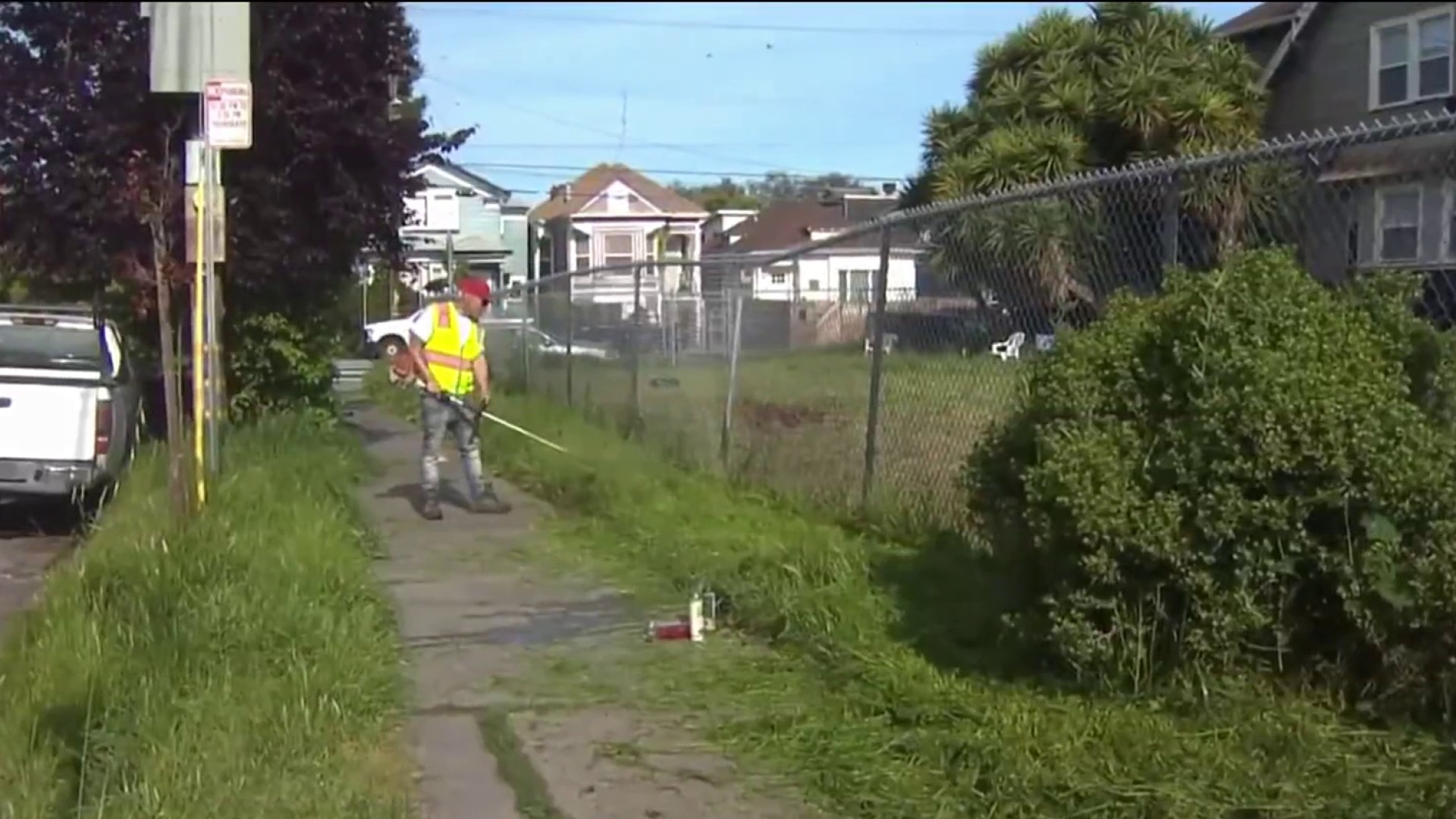NASA scientists working at a San Francisco sewage treatment plant in Hunter's Point believe they've developed a way to use wastewater to make biofuels.
The two-year NASA sponsored project -- called Offshore Membrane Enclosures for Growing Algae (OMEGA) -- is nearing completion at the San Francisco Public Utilities Commission's Southeast Water Pollution Control Plant, which processes about 85 million gallons of the city's sewage every day.
The main motivation for NASA's OMEGA project is to rapidly develop a feasible alternative to fossil fuels for jet propellants, project scientist Jonathan Trent said.
"It is absolutely crucial that we move away from fossil fuels," he said.
The production of biofuels through the processing of algae -- which are the fastest growing plants on earth -- has been acknowledged as a viable alternative, Trent said.
Trent and his team have developed a method of growing algae in floating plastic bags filled with wastewater that lay horizontally in saltwater. The temperature inside the plastic containers -- called photobioreactors -- is kept cool and consistent by being submerged in the ocean or saltwater bays.
The algae grows on a steady diet of wastewater until it can be harvested and refined into biofuels, which in turn can be used for anything from animal feed to fertilizer to jet fuel, Trent said.
Local
The entire process further cleanses the wastewater, which is gradually released into the ocean through the membranes of the photobioreactors.
NASA today unveiled the details of the OMEGA process to the media and potential investors from around the world to determine if the system has commercial potential in the energy markets.



